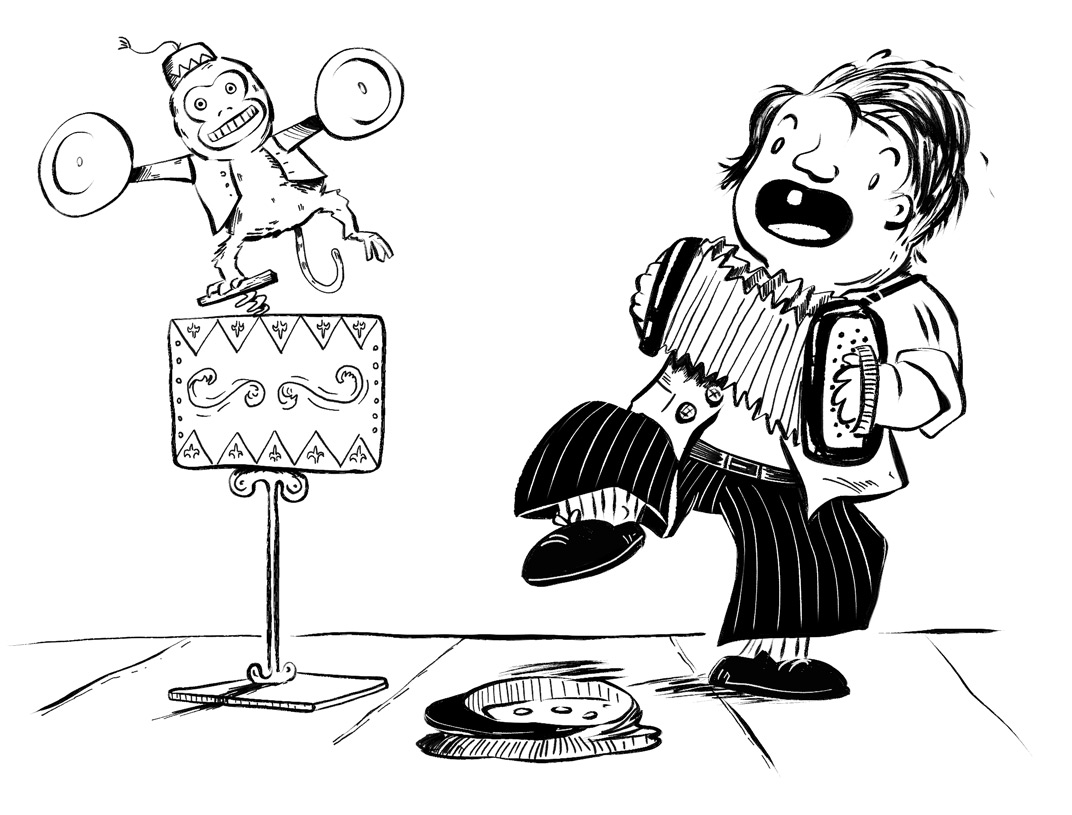The other day I posted 7 still images and a synopsis of a personal project I’d been working on called “Colour Hunter”. I did it mostly to demonstrate to other emerging artists that I take my own advice – work on stuff that matters to you without thinking about what a publisher might think. By working in this way, one ends up producing work they like and are proud of and it’s not judged by the ‘success’ of a publishing contract or not.
As it turns out, those 7 still images attracted 5 different publishers seeking to ‘work together on this’. It was never meant for that, but that’s what happened.
The problem with marketing art
We’re living in a time when marketing art is difficult; where obscurity, not piracy, is more of a threat to an artist’s livelihood. The primary channels of getting our work out there, at the time of writing this, are owned and supplied by large tech companies – TikTok and Instagram (via Facebook) – and they have a stronghold on the world’s attention through things like the network effect.
The goal of companies like Instagram and TikTok is engagement – more eyeballs for longer periods of time so that they can charge a higher premium for advertisers to advertise to us. We could moralise over that model for years but the bigger problem for artists is that, what Instagram wants, it will get. Do what we need or your work won’t get seen.
At least, that’s the threat.
There is currently huge pressure on artists to play Instagram’s game. Short form video content is proving a pathway to higher engagement for those platforms (and by engagement, I mean attention, not active likes, clicks and so on). But what does it mean to be a person that produces still images, then?
I’ve seen painters dancing in front of their canvas. I’ve seen illustrators uploading ‘videos’ of a single unmoving image in the hope that Instagram will see it as something they want – short form video content – without having to become a video producer as well as an illustrator. I’ve seen ‘book unboxings’ by authors – another cheap and easy pathway to short form video content without doing too much work outside of their comfort zone.
I’ve felt the pressure, too. I could make videos about how I make art, how others make art; timelapses, instructionals, and podcasts are all possible. But, you know what, for every timelapse I set up, for every video I produce, for every podcast I participate in, I lose time for doing what I want to do – explore the power of the still image.
Some people will say that I’m not like them. That I’m already ‘discovered’. That people are already watching. And yes, that’s true. With 20+ picture books under my belt I’m becoming more a of ‘known quantity’. But my career began 8 years ago with a few still images. 8 years later, 7 still images piqued interest again.
Every artist will have a different appetite for how much proverbial dancing in the front of the canvas they want to do. But, unless you have made the work before you make the marketing, no amount of singing and dancing will grow a career, or, more importantly, an inner life of the artist. Isn’t chasing interior peace in one’s own mind and body the reason we create art in the first place?
Sure, it’s nice to feel seen, but feeling seen is now the business model underlying TikTok and Instagram so it becomes unhealthy for someone trying to explore what they think, in private, most of the time. Perhaps if we did less dancing and more painting or drawing, the work will improve so much that it will speak for itself. Maybe everything else is a distraction?

